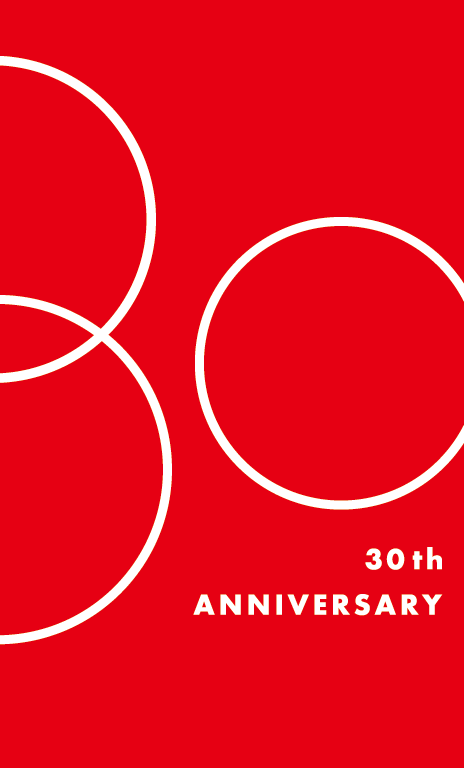| 作家名 |
葛飾 北斎
かつしか ほくさい
KATSUSHIKA Hokusai
[1760-1849]
|
|---|---|
| 作品名 |
井手の玉川
いでのたまがわ
The Tama River at Ide
|
| 技法/材質 |
紙本着色 1幅
|
| 寸法 |
100.9×41.4cm
|
| 制作年 |
寛政(1789~1801)末頃
|
| 受入年度/種別 |
平成06/購入
|
| 分類 |
近世までの絵画
肉筆浮世絵
|
| 所蔵品番号 |
2941020
|
古来歌枕として知られた「六玉川」、すなわち井手、萩、千鳥、高野、調布、擣衣の玉川は、浮世絵の画題としても親しまれた。本図は現在は掛軸に表装されているが、もとは他の5図と共に6曲1隻の屏風に貼られて押絵貼屏風の体裁であったらしい。現在他に《萩の玉川》《擣衣の玉川》《千鳥の玉川》《調布の玉川》の4図の存在が確認されている。
藤原俊成の和歌「駒とめてなほ水飼はむ山吹の 花の露添ふ井手の玉川」(『新古今集』所収)に発想された「井手の玉川」では、山吹の咲く浅瀬の川を渡る馬に乗った人物が描かれることが多いが、北斎はこれを貴公子を背負った仕丁らの姿で描き出す。北斎の画名を用いて間もない頃の作品と推測され、繊細で清々しい画風の魅力的な作品である。
葛飾北斎は、初め勝川春章に入門するが、やがて勝川派を離れ、「冨嶽三十六景」シリーズを代表作として、錦絵、版本挿絵、摺物、肉筆画と幅広いジャンルに活躍した。 (『千葉市美術館 所蔵作品100選』 2015年)
藤原俊成の和歌「駒とめてなほ水飼はむ山吹の 花の露添ふ井手の玉川」(『新古今集』所収)に発想された「井手の玉川」では、山吹の咲く浅瀬の川を渡る馬に乗った人物が描かれることが多いが、北斎はこれを貴公子を背負った仕丁らの姿で描き出す。北斎の画名を用いて間もない頃の作品と推測され、繊細で清々しい画風の魅力的な作品である。
葛飾北斎は、初め勝川春章に入門するが、やがて勝川派を離れ、「冨嶽三十六景」シリーズを代表作として、錦絵、版本挿絵、摺物、肉筆画と幅広いジャンルに活躍した。 (『千葉市美術館 所蔵作品100選』 2015年)
The “Mu Tamagawa”, Six Tama (Jewel) Rivers were known as famed places in poetry from ancient times, namely Ide, Hagi, Chidori, Kōya, Chōfu and Tōi, and were also familiar as subjects in Ukiyo-e. This picture is presently mounted as a hanging scroll, although originally it and another five illustrations would have likely been adhered to a six-panel folding screen in the form of a “Oshie bari byōbu”, folding screen pasted with pictures. At present, there is confirmation of the existence of four of the other illustrations, “Hagi no Tamagawa (The Tama River at Hagi)”, “Tōi no Tamagawa (The Tama River at Tōi)”, “Chidori no Tamagawa (The Tama River at Chidori)”, and “Chōfu no Tamagawa (The Tama River at Chōfu)”.
“The Tama River at Ide” is inspired by the poem by Fujiwara no Shunzei, “Uma tomete, nao mizu kawan, yamabuki no, hana no tsuyu sofu, Ide no tamagawa (I stop my horse, and have him drink for a time, where the dew falls, from the kerria flowers, at the Tamagawa in Ide)” (in Shin Kokinshū). There are many examples where a character is depicted riding his horse crossing the shallows of the river where kerria flowers are in bloom, but Hokusai paints it as a scene of workers carrying a young noble. It is estimated to be an artwork from when he had just begun to use the artist name Hokusai, and is a fascinating work in detailed and crisp painting style.
“The Tama River at Ide” is inspired by the poem by Fujiwara no Shunzei, “Uma tomete, nao mizu kawan, yamabuki no, hana no tsuyu sofu, Ide no tamagawa (I stop my horse, and have him drink for a time, where the dew falls, from the kerria flowers, at the Tamagawa in Ide)” (in Shin Kokinshū). There are many examples where a character is depicted riding his horse crossing the shallows of the river where kerria flowers are in bloom, but Hokusai paints it as a scene of workers carrying a young noble. It is estimated to be an artwork from when he had just begun to use the artist name Hokusai, and is a fascinating work in detailed and crisp painting style.


